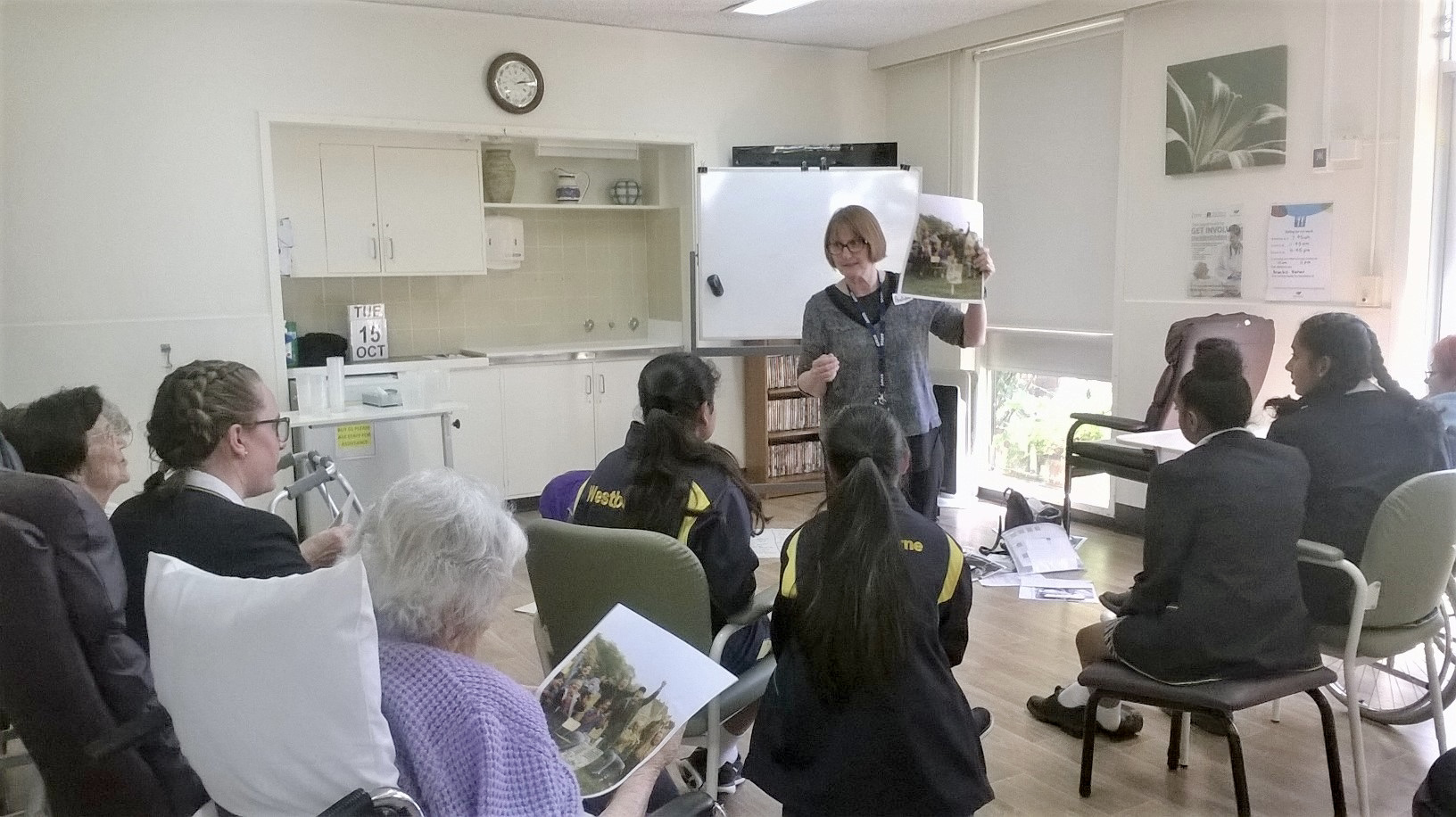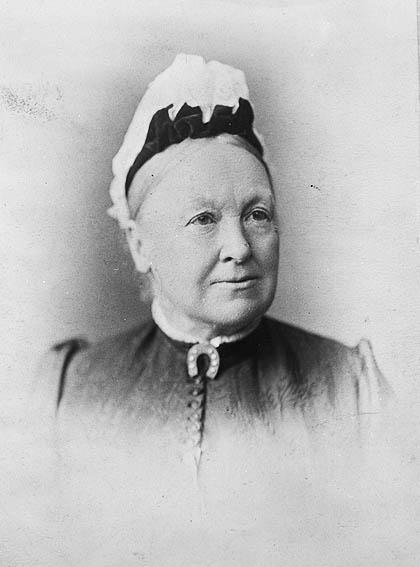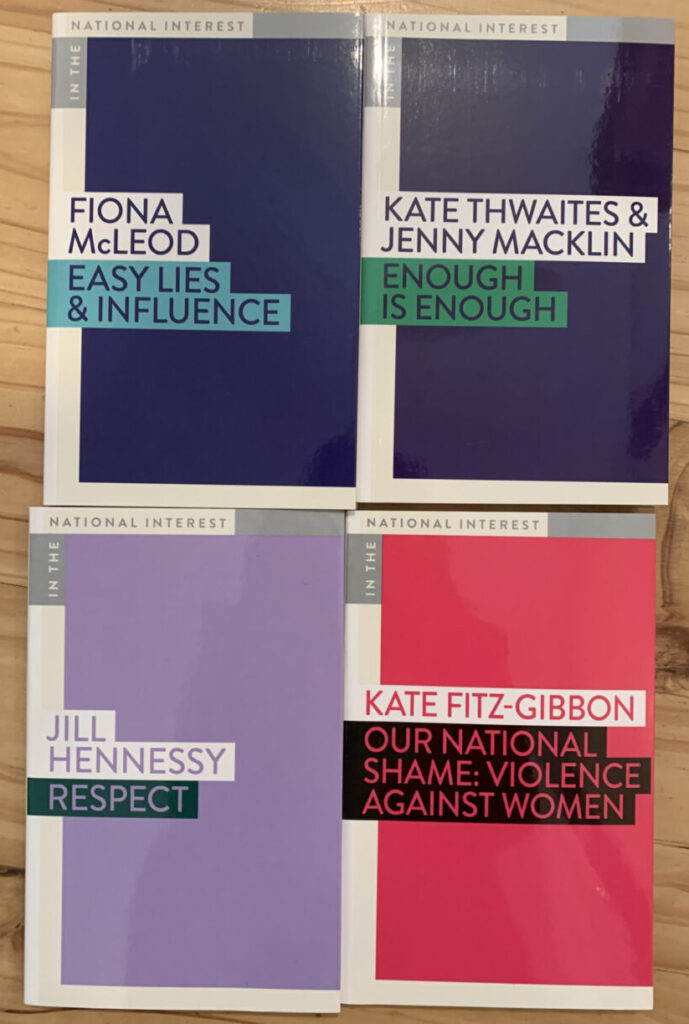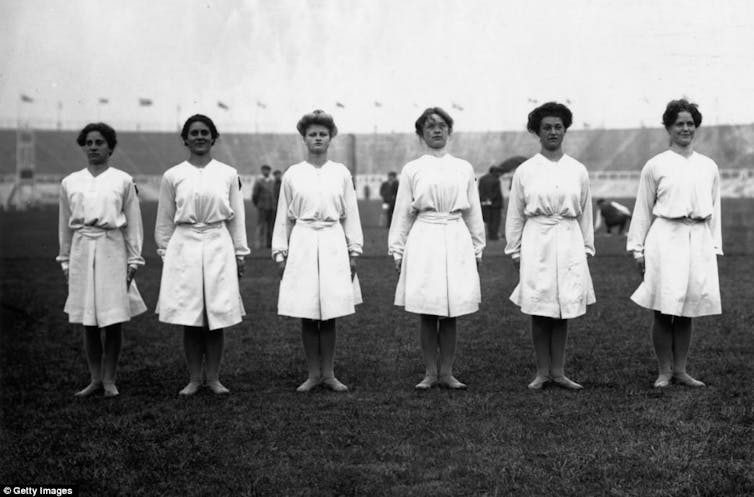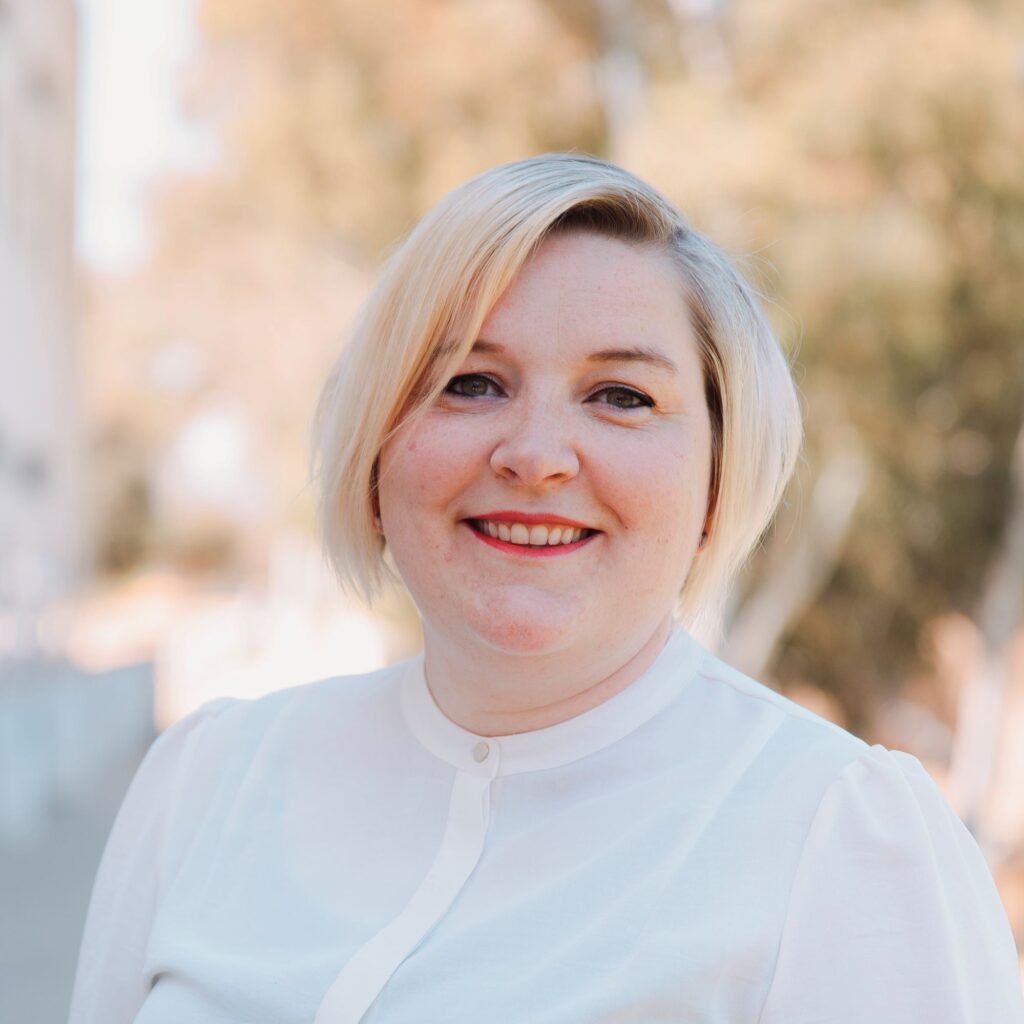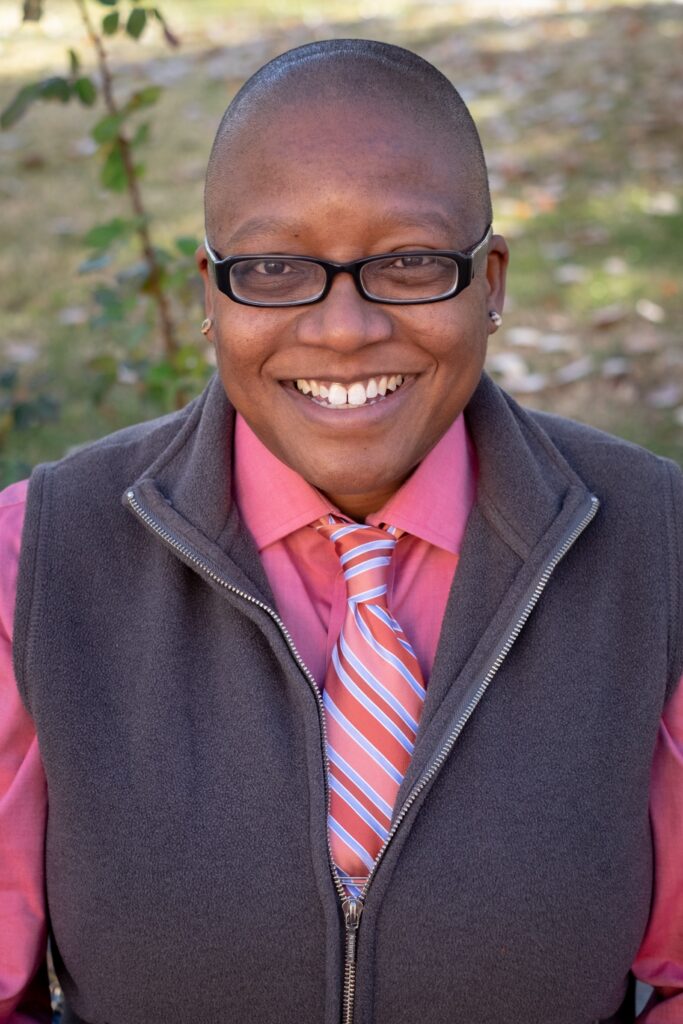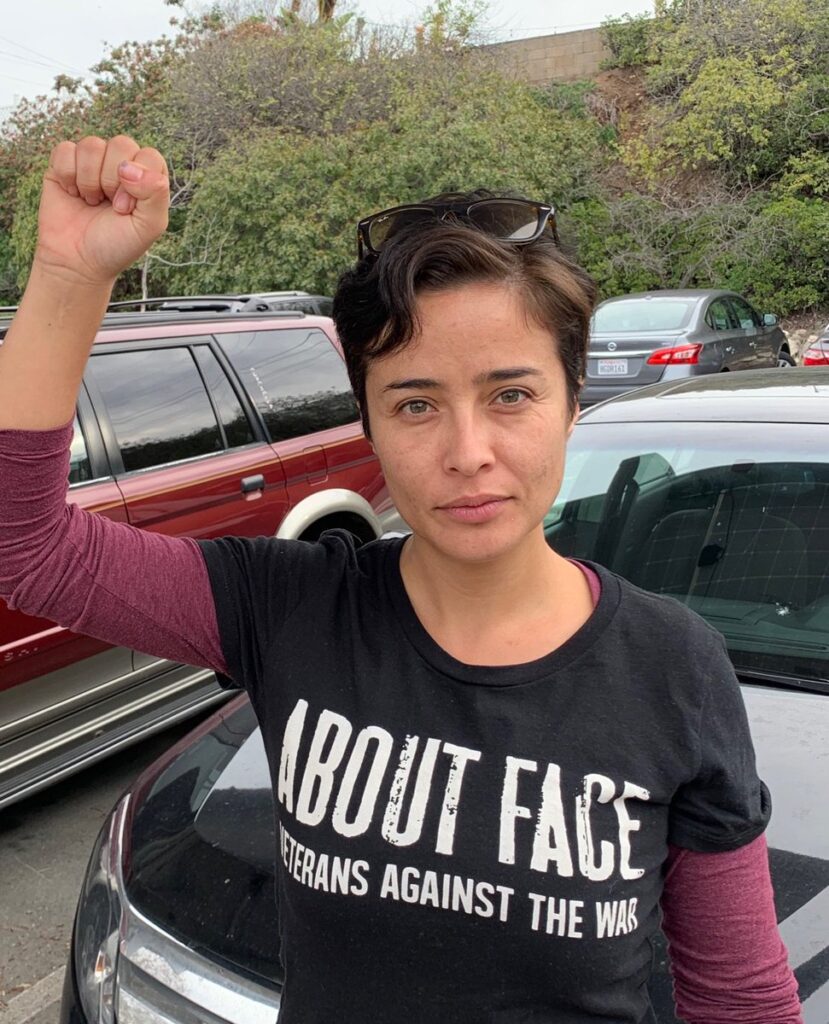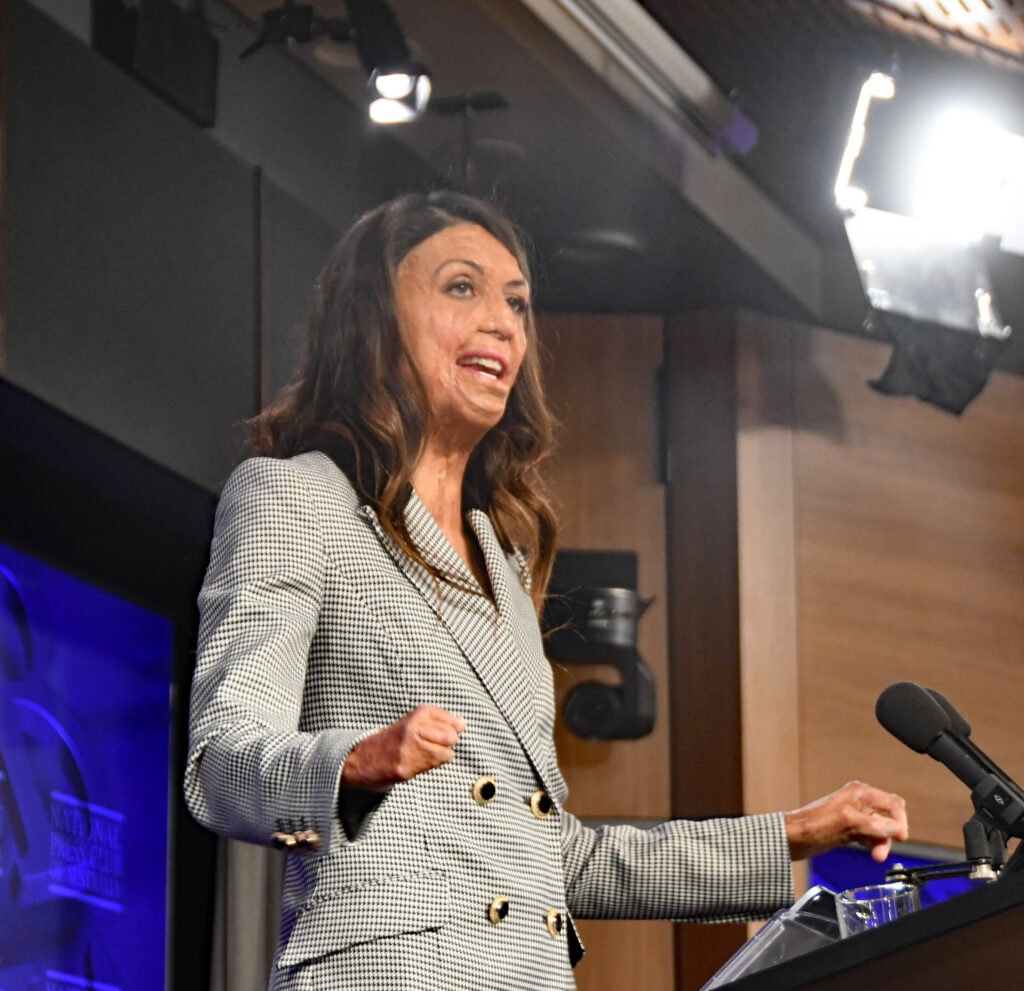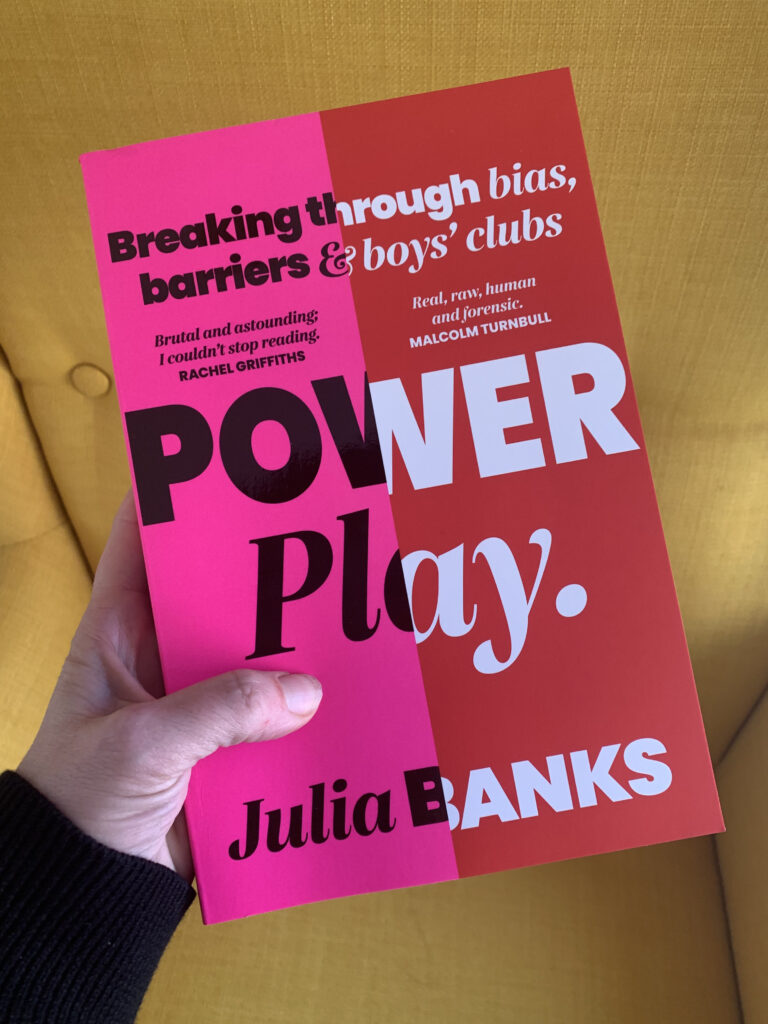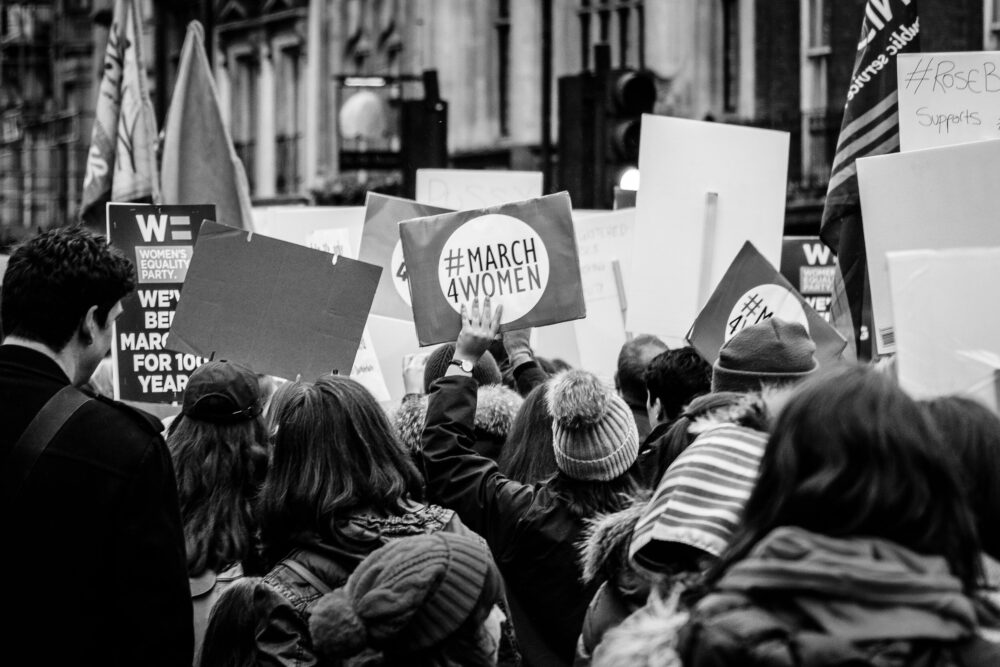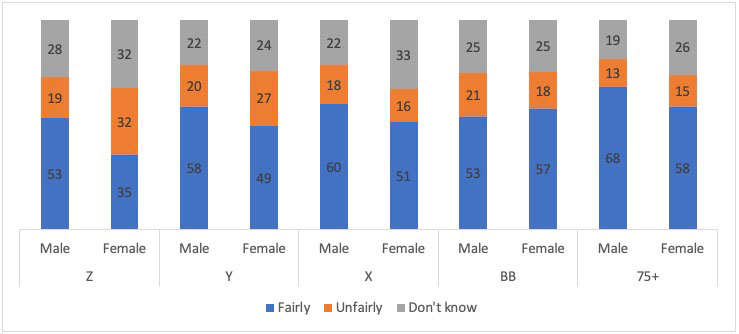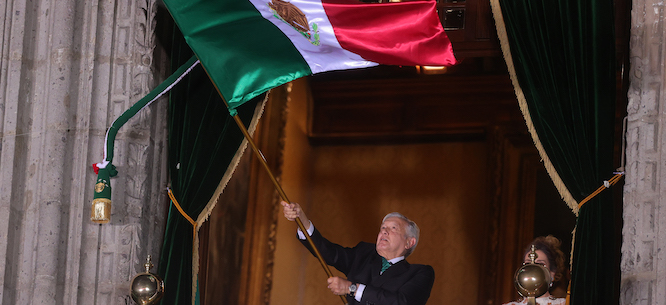“Do you know how many LGBTIQ+ folks live in Australia? It turns out no one does, and we’re not about to find out in the upcoming census.”
Courtney Act, an Australian drag queen and television personality, made this point on Facebook last week as part of Equality Australia’s push to have LGBTIQ+ people counted in the census.
Once again, the census is failing to accurately collect data on sex, sexual orientation and gender diversity.
The census ticks around every five years to provide a snapshot of who we are and how we are changing. It is not just about collecting statistics about where we live, who we live with, our work, lives, income and health, but it also provides crucial insights to inform the vital services that Australians need.
We cannot effectively support all of Australia if we do not count all of Australia (and it’s not the first time we’ve argued this too).
Currently, we do not understand how many people identify as LGBTIQ+, where they are, or anything about their socioeconomic status, health, relationships and more.
It is a matter of serious concern, particularly given LGBTIQ+ folk often face higher suicide and mental health concerns and worrying rates of domestic violence. LGBTIQ+ people also have unique needs when it comes to the provision of services, from health to housing and beyond.
As Amnesty International notes, the census’s lack of appropriate questions capturing LGBTIQ+ communities and experiences “will result in a service gap that constitutes discrimination of the LGBTQIA+ community”.
So, what was supposed to be asked?
In a submission to the Senate in 2019, questions around sexuality and gender identity were proposed for inclusion in the 2021 census. These were developed in consultation with LGBTIQ+ communities, and can generally be seen as best practice.
Then the Australian Bureau of Statistics (ABS) walked away from them. Why?
The ABS voted against these new questions due to perceived public backlash – particularly after some of the technical difficulties of the 2016 #censusfail.
The decision came after assistant treasurer Michael Sukkar expressed “a preference” about not including the questions in testing, David Kalisch, the former Australian statistician, said in 2019.
This is despite the fact that in qualitative testing of census questions, those on gender and sexuality “performed well” with both target and non-target populations. These draft questions were also recommended by multiple federal departments.
And, in 2019 Senate submission documents, the ABS itself noted there are “no other suitable alternative data sources” to collect such crucial information. It also identified data on LGBTIQ+ communities as “of current national importance”.
It’s also despite the fact that the majority of Australians voted for marriage equality, and Australia has generally taken more progressive steps towards gender and sexuality inclusion in the last few years.
What’s being asked instead?
Nothing in this year’s census asks specifically about sexuality. The question on gender identity and sex has also conflates the concepts — despite international efforts to address the issue.
Although some of the questions on cohabitation and families make it possible to garner some data on people in same-sex relationships, only those who are couples and who live together are counted.
The question about sex/gender limits choices to male/female/non-binary sex. It obscures data on transgender and intersex folk and does not recognise differences in gender identity (how a person sees themselves or the social/cultural aspects of identity) and sex (a person’s anatomy or biological sex characteristics).
Further, question 37 erases the experience of some trans people entirely. It asks, “for each female, how many babies has she ever given birth to?”. This blatantly ignores the fact that many transmen (often those who have transitioned from female to male) can and have given birth.
While the census has included questions around other identity categories, including race, ethnic ancestry, Aboriginal and Torres Strait Islander peoples and people living with a disability, LGBTIQ+ remains overlooked — and without good reason.
How does Australia compare globally?
There’s a major gap globally in the inclusion of these data on national census questionnaires.
Much was made of the hasty withdrawal of questions relating to gender and sexuality in the 2020 US census, a move that was highly scrutinised in the political pressure cooker of the Trump administration.
In a country where federal marriage equality was achieved in 2015, millions of LGBTIQ+ Americans will now have to wait until 2025 (at least) to contribute their experiences to the US census.
In the UK, voluntary questions on sexual orientation and gender identity will be asked this year in England and Wales, and in Scotland in 2022.
Yet, in general, a 2019 report noted only a few nationally representative surveys contained questions on LGBTIQ+ identity in the OECD, and none (at that stage) included them in the census.
Why the census has failed us
Determining whom and what is counted has always been part of census history — a history that has not always been neutral or fair. In fact, the census has often ignored or marginalised various communities for socio-political reasons.
For instance, while population counts began with colonisation around 1788 and the first census (as we know it, of people in dwellings) occurred in 1828, Aboriginal and Torres Strait Islander people were only fully included in the census in 1971, almost two centuries later.
Longstanding structural racism and discrimination help explain the census’s historic incomplete data collection on First Nations people. Does the same hold true for the modern census’s approach to LGBTIQ+ communities?
Perhaps. Given there was strong evidence, arguments and testing around new questions on gender and sexuality in the census, it seems the ABS’s willful ignorance towards LGBTIQ+ people can only be justified by political conservatism and discrimination.
Read more:
It’s time to talk about gay reparations and how they can rectify past persecutions of LGBTQ people
Although LGBTIQ+ people have more reason than most to be wary of the quantitative collection of sensitive data, it still desperately needs to be collected.
Inclusion of targeted questions on gender and sexuality also requires greater assurances around data integrity — a particular concern of older members of the LGBTIQ+ community who lived through the criminalisation of homosexuality, lesbian witch hunts, surveillance and other related trauma.
Ultimately, not only is the lack of recognition distressing for many LGBTIQ+ people, it is also bad public policy. Australia needs reliable, informed data on sex, sexual orientation and gender identity. Without it, the census is too risk-averse to even be accurate.![]()
Elise Stephenson, Postdoctoral Research Fellow of the Policy Innovation Hub, Griffith University and Jack Hayes, Researcher, Griffith University
This article is republished from The Conversation under a Creative Commons license. Read the original article.
The post LGBTIQ+ people ignored in the census again appeared first on BroadAgenda.
This post was originally published on BroadAgenda.

